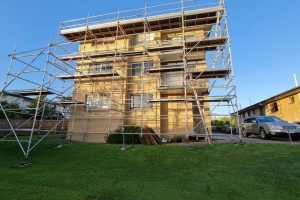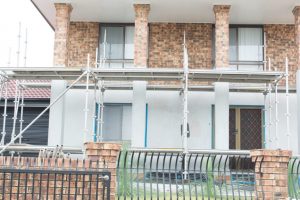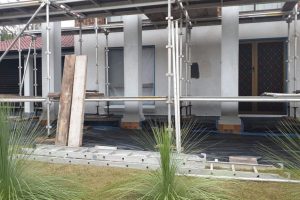About us
We are in industry since 1985
Servicing the building construction industry in Brisbane and surrounds. Osprey Scaffold Hire has the experience and expertise to deliver safe, flexible scaffolding solutions to your worksite.
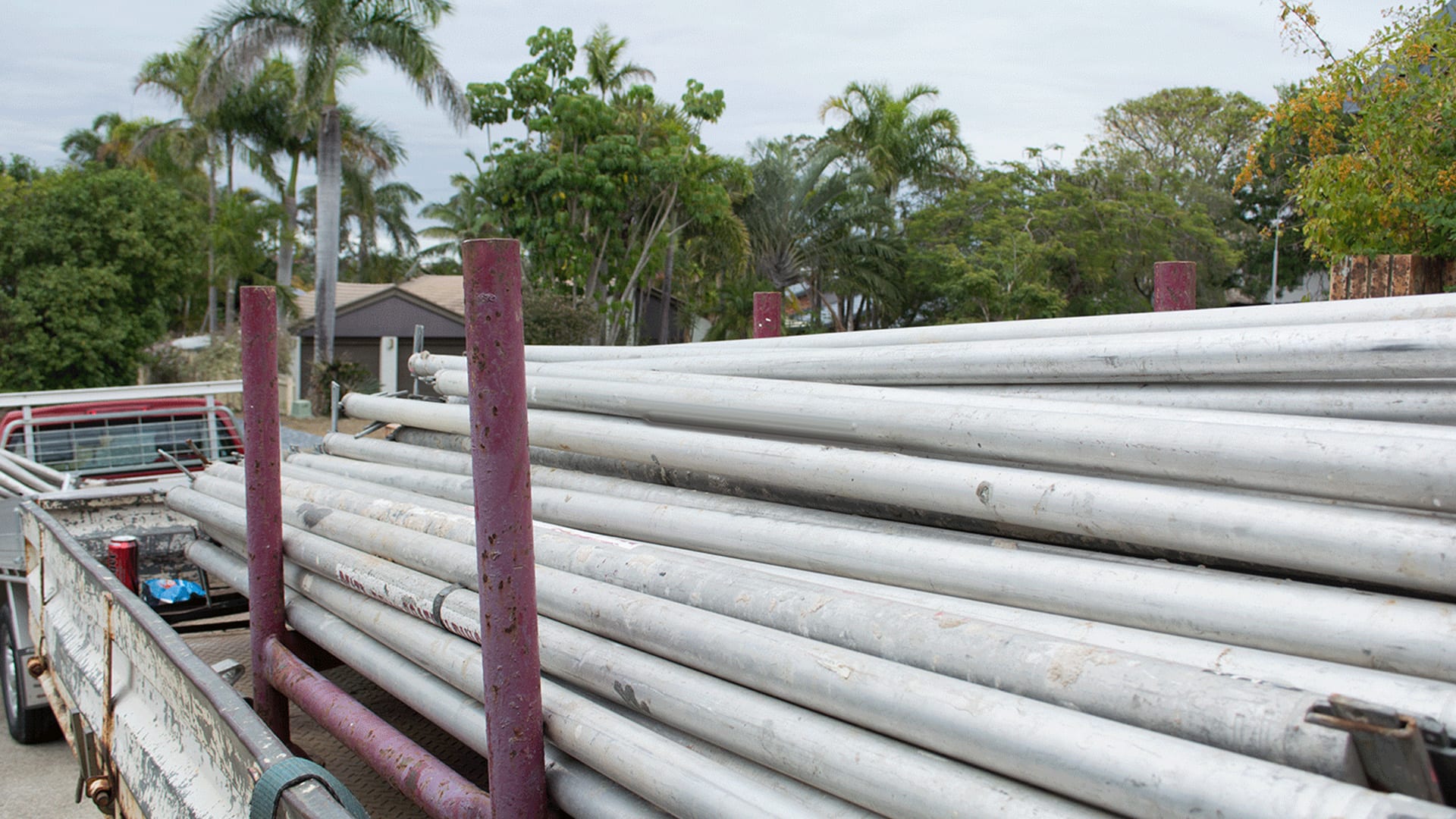
Thank you for visiting our website. I’m Tony Brown, the owner of Osprey Scaffold Hire (AUS) Pty Ltd.
The Company is at your service to provide obligation free quotations and information, both at tender stage and early in the actual construction process.
Osprey Scaffold Hire maintains a large range of first class scaffolding equipment, which means that we’re able to meet your requirements – whether your project is large or small or your need short or long term.
Get in touch with us today and let us sort out your scaffolding requirements promptly and cost effectively.
” No matter how complex the job, your safety is our primary concern. Only qualified, licensed scaffolders complete our installations.”
Tony Brown – Owner

Commercial Scaffold Hire

Residential Scaffold Hire

Mobile Scaffold Hire
Our Impact
Scaffold Hiring Range
Residential
The various styles of homes that are built require in-depth knowledge and expertise to ensure that all areas can be accessed safely while keeping costs in check. By utilising a versatile and well designed scaffold, a builder can gain efficiencies in the build. The scaffold may be used by different trades, saving time and money
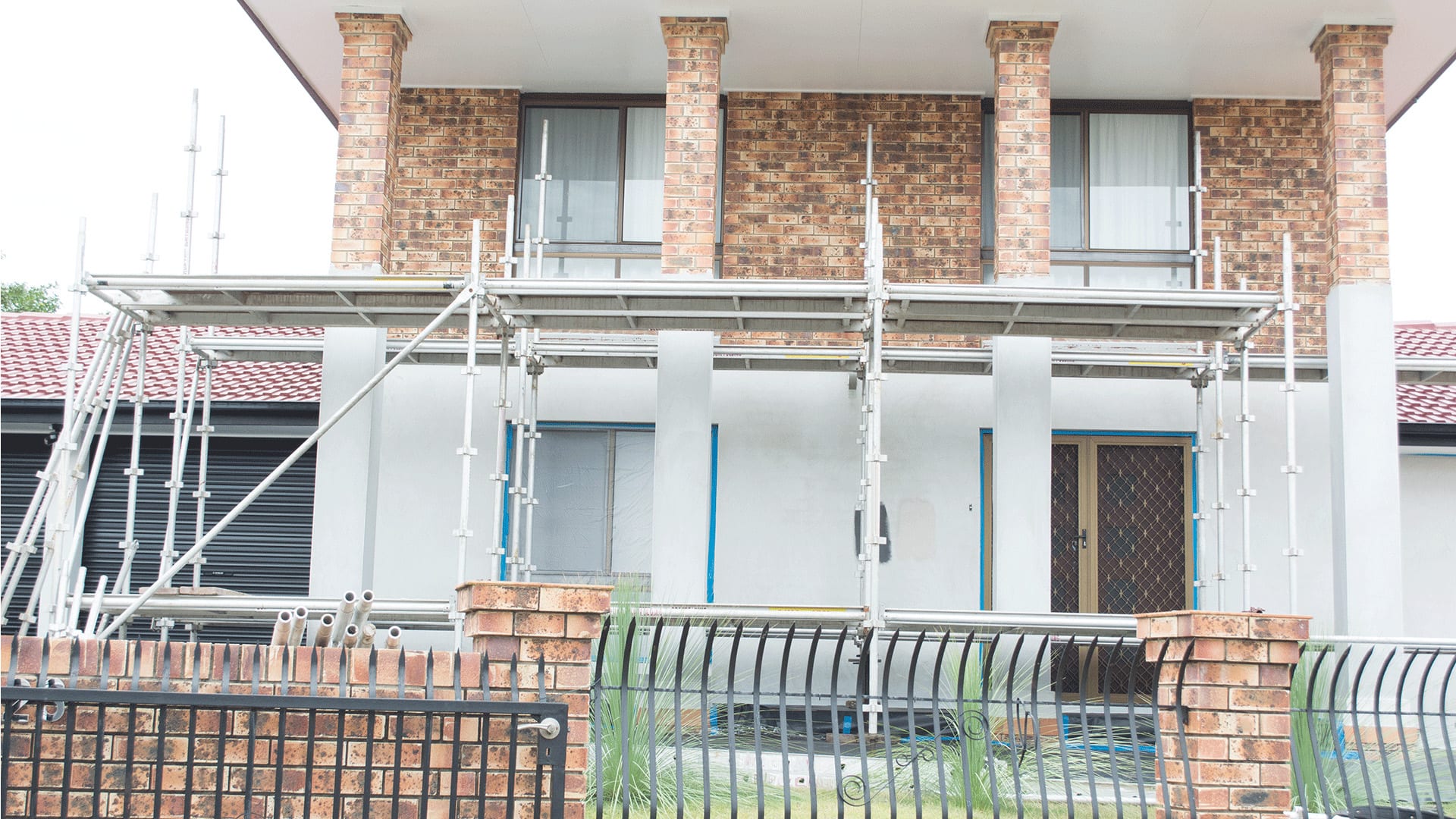
Mobile Towers
Whether you are doing some DIY, a handyman or even a tradie, jobs around the house or making some slightly larger home improvements before selling or renting out your home.
A handyman can reach gutters and windows for painting, cleaning, or replacing safely without wobbling on a ladder.
For tradies, it can really improve your day-to-day job. A lightweight, yet sturdy mobile scaffold ensures that you can work safely at height, sturdy platforms to work from and the mobility to move the scaffold wherever you need. By using a mobile scaffold, tradies, and DIY both can improve efficiency, perform precision finish and aids you to move quickly to the next job
Commercial
The various styles of construction require in-depth knowledge and expertise to ensure that all areas can be accessed safely while keeping costs in check. At Osprey scaffold our professional and experienced estimators and scaffolders understand the time and safety requirements of commercial building projects.
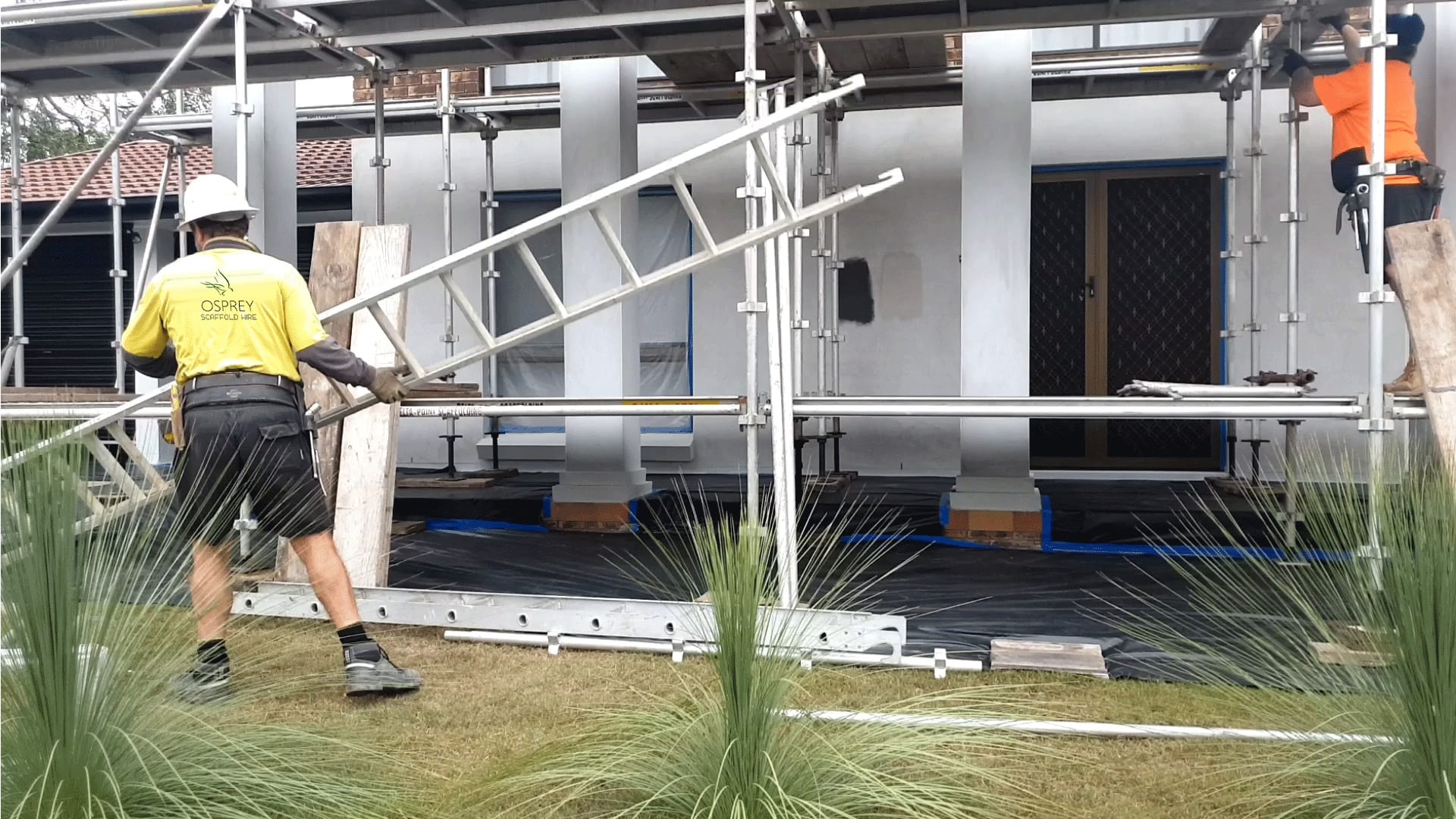
Safety
Before starting scaffolding work
A primary objective of scaffold planning and design is to prevent scaffold collapse before, during and after placement of the scaffold. The collapse of a scaffold can cause death or significant injury to workers or passers-by and damage structures.
Work health and safety duties
Everyone in the workplace has work health and safety duties. Some have specific responsibilities for scaffolds and scaffolding, including:
- designers
- scaffolding contractors and workers who carry out scaffolding work
- principal contractors for construction projects where the cost of construction work is $250,000 or more.
Managing risks
You should manage risks by following a systematic process of:
- Identifying hazards—find out what could go wrong and what could cause harm.
- Assessing risksif necessary—understand the nature of the harm each hazard could cause, how serious the harm could be and the likelihood of it happening.
- Controlling risks—implement the most effective control measuresthat are reasonably practicable in the circumstances.
Reviewing control measures to ensure they are working as planned.
Find out what could cause harm
When it comes to scaffolding, the following can help you identify potential hazards:
- Walk around the workplace to identify areas where scaffolds are used or scaffolding work is performed and where there is interaction with vehicles, pedestrians and fixed structures.
- Look at the environment in which the scaffold is to be used including checking ground conditions.
- Identify the major functional requirements of the scaffold like the maximum live and dead loads and access requirements.
- Inspect the scaffolding before and after use.
- Ask your workers about any problems they encounter or anticipate at your workplace when constructing or interacting with scaffolds and scaffolding work—consider operation, inspection, maintenance, repair, transport and storage requirements.
- Inspect the erected scaffold.
- Review your incident and injury records including near misses.
Take action to control the risk
For risks it is not reasonably practicable to completely eliminate, consider the following options in the order they appear below to minimise risks, so far as is reasonably practicable:
- Substitute the hazard for something safer, for example using mechanical aids like cranes, hoists, pallet jacks or trolleys to move equipment and materials wherever possible instead of manually lifting scaffolding.
- Isolate the hazard from people, for example install concrete barriers to separate pedestrians and powered mobile plant from scaffolds to minimise the risk of collision.
- Use engineering controls, for example provide toe boards, perimeter containment sheeting or overhead protective structures to prevent objects falling and hitting workers or other people below the work area.
- Use administrative controls, for example storing scaffolding as close as practicable to the work area to minimise the distance over which loads are manually moved.
- Use PPE, for example hard hats, protective hand and footwear and high visibility vests.
Have a question or two?
Have a question or two? Give us a call or fill out our contact form. We look forward to seeing if we can help service your next project!





